Edgar Endress
Bon Dieu Bon
Bon Dieu Bon (God is Good) is a term used in Haiti to express the hope that even under the present circumstances, a person can find a solution to the specific problem(s) that affects him or her in that specific moment. Although Bon Dieu Bon could be perceived as solely an expression of people’s hopes, it is simultaneously an act of submission to the circumstances, implying an external solution to the concrete problem; the solution is exogenous. The original project Bon Dieu Bon is centered on the process of immigration to the US Virgin Islands, but the project also includes the historical and social contexts of Haiti and the relations between Haiti and the Dominican Republic.
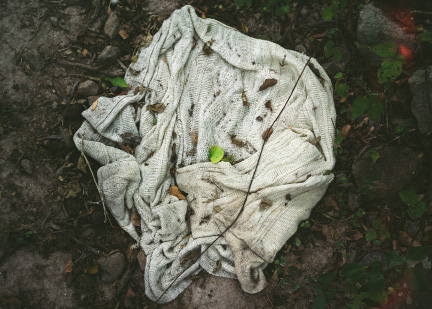
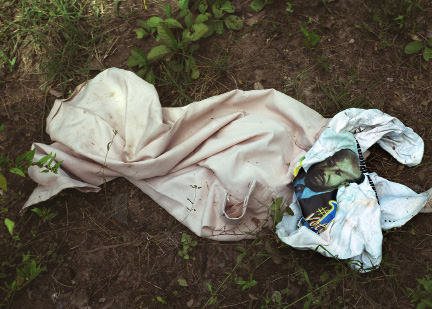
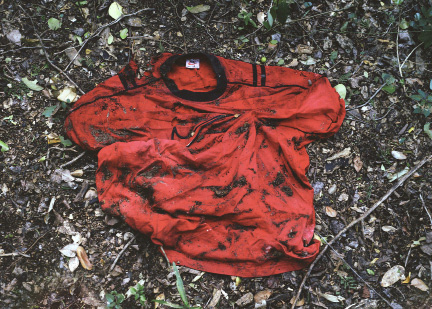
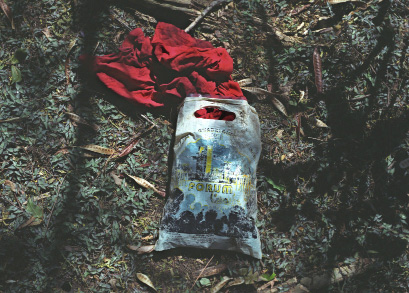
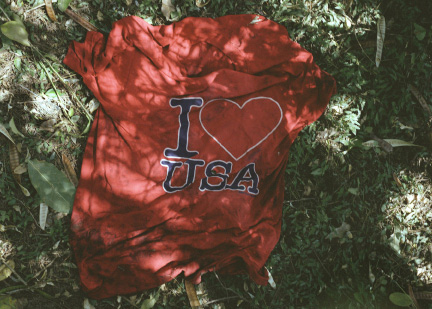
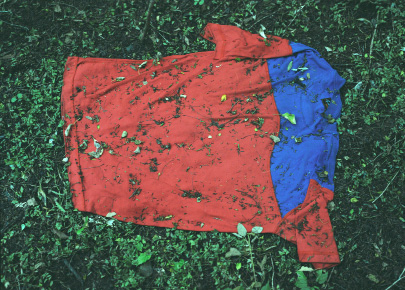
Fig. 1–6: Photo documentation of clothing left by illegal immigrants upon arrival to the United States Virgin Islands, part of the Bon Dieu Bon project
Immigration to the Virgin Islands
Immigrants enter the islands at night in areas less illuminated by artificial light. They swim to the shore, performing the final action of a journey that has led them through a series of islands in the Caribbean. Hiding behind bushes, the immigrants are wet, fearful, and disoriented. In that state they abandon, forget, or lose clothing, letters, photographs, and other objects. With the break of dawn, they will take predetermined paths, searching for a public phone, information, or sometimes a face that looks familiar, the face of another immigrant to obtain some orientation and hopefully support.The objects left by the immigrants are the source of an archive about transit, physical movement, and, simultaneously, social movements in the Caribbean. These stories are narrated though material culture. Elements that repeat in the archive are the portrait photographs, found in wooded areas, near the shore or along trails. These images are the markers of the migratory process and the transformation that the immigrants and the photographs suffer together during the migratory process due to the exposure to natural agents like salt, water, rain, sun, etc. The portraits become witnesses to the physical and psychological effects of the trip—a metaphor of an identity in transformation.
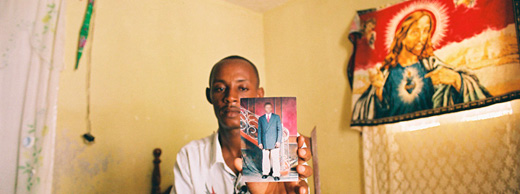
Fig. 7: Part of the project Carry On in search of Ulysses, Aquin, Haiti
Carry On: The Backpack
The archive contains an abandoned backpack found on the US Virgin Islands, belonging to a Haitian immigrant and containing 18 groups of articles. From the beginning, the idea was to return it to the owner, a search that led us several times to Haiti.Each object in the backpack was individualized, archived, and numbered to create an archive. An attempt was made to recreate the context, analyze the origins, and investigate the symbolic aspects and potential meanings of each object, where the result is expressed in visual, written, or audio form. The purpose of this re-contextualization is to broaden the reflection about the relation of the material culture to Haitian realities and the diaspora.
Research into complex social historical aspects such as politics, race, and economics were integral to this process. The archive abandons its passivity in attempting not only to situate the peoples’ movement, but also reflect on larger historical processes of exclusion, disenfranchisement, and disempowerment.
Inventory
For the Bon Dieu Bon project, each object found in a backpack abandoned by an immigrant will generate an independent project.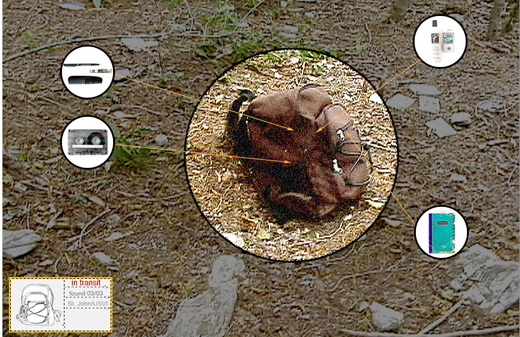
BDB::USVI::001 1 cuaderno de notas
BDB::USVI::002 1 carné de agrupación política
BDB::USVI::003 1 carné de identidad para pago impositivos
BDB::USVI::004 1 página de un diccionario inglés/ francés
BDB::USVI::005 14 hojas sueltas (notas, cartas, composición musical)
BDB::USVI::006 1 mochila color café marca “aerostar”
BDB::USVI::007 45 cassets de audio
BDB::USVI::008 2 camisetas blancas
BDB::USVI::009 3 corbatas (anudadas)
BDB::USVI::010 1 desodorante (marca Gillette)
BDB::USVI::011 1 botella plástica de loción de manos y cuerpo
BDB::USVI::012 1 peineta negra
BDB::USVI::013 1 corta uñas
BDB::USVI::014 1 aguja insertada en un trozo de sobre
BDB::USVI::015 1 banano promocional de Western Union
BDB::USVI::016 1 libreta de direcciones
BDB::USVI::017 1 cuaderno de cartas
BDB::USVI::018 3 sobres blancos
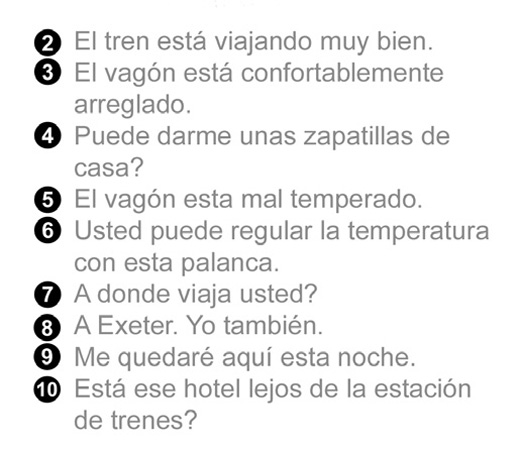
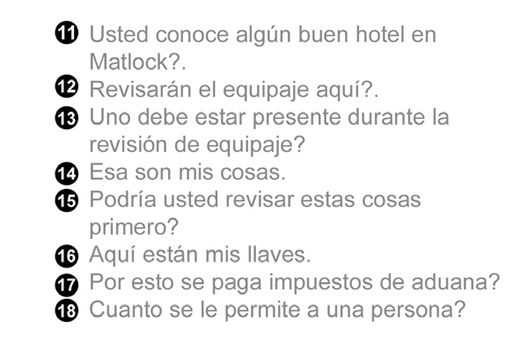
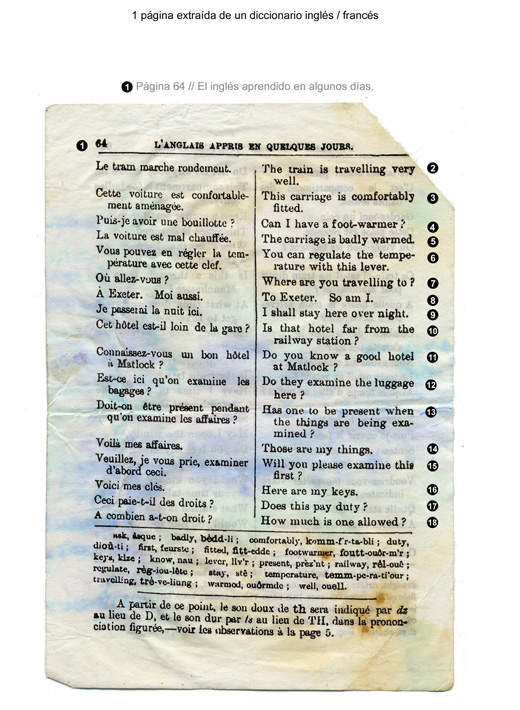
The Dictionary Page
The article BDB::USVI::004, is a dictionary page taken from a French/ English dictionary. This page describes a conversation inside a train, a romanticized version of a trip on the fantasized border. We believe the immigrant assimilated his journey as the page describes. The page of the dictionary became a mental projection, an image of a reality to be encountered during his transit. The dialogue in that train, described on the dictionary page, is the dream, the active imaginary of another possible landscape—one of possibilities and potential relations.To expand this notion of dream projections, dreams, and escapes, we work with the Tchala (book of dreams used to play the lottery) and several photo studios in Haiti. The main idea is to analyze landscape construction, the mental projection of the journey, and the control over identity and empowerment.
The Tchala
The Tchala is a fragile book of more than 200 stapled pages, easy to find on the streets of Haiti. In it you will find, in alphabetical order, numerological translations of dreams, for example: dream of travel in an airplane……………03…29.The Tchala provides a concrete realism to the dream—the dream then becomes transformative. The dream becomes the basic unit to start the transit. The idea of this book is to use the numbers after a dream from the night before to play in the lottery. In Haiti there is a network of places to play the lottery; they are easily identified as they are labeled with signs that say “Bank.”
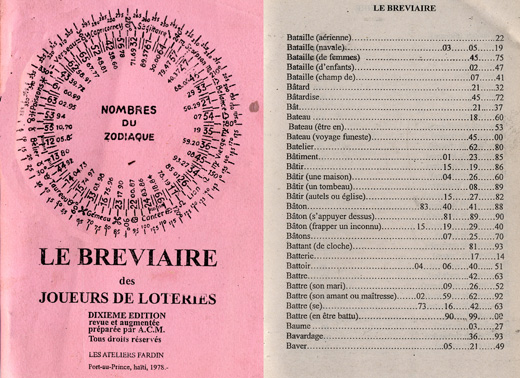
Photo Studio
Over a long period of time, we found photos left by Haitians and Dominicans upon arrival to St. John that the owner threw aside while they were running from the immigration police. These photos found in the woods and shores of the US Virgin Islands are proof of the journey of the immigrants’ transformation. The images are an index of the journey: the photos are subjected to the migration process, the transformation of the elements—salt water, exposure to the sun and rain—as a metaphor of the transformation of identity, and the psychological effects of the journey. They become physical witnesses because they become transmogrified images or they become symbolic witnesses of their identity or others identity in transformation.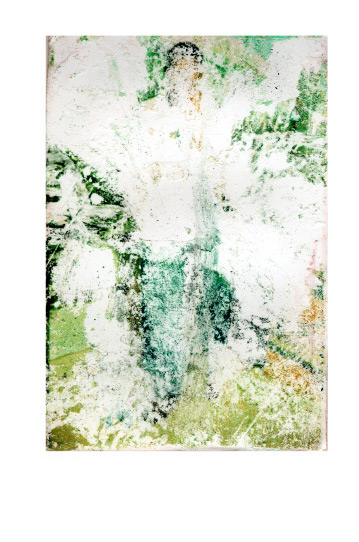
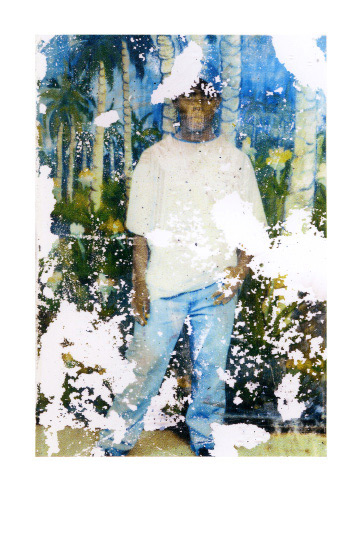
Some of the photos originated as classic portraits taken in photography studios in Haiti. In these photos, painted backgrounds depict ideal landscapes, imaginary constructions of the cities in the diaspora, and utopian scenes.
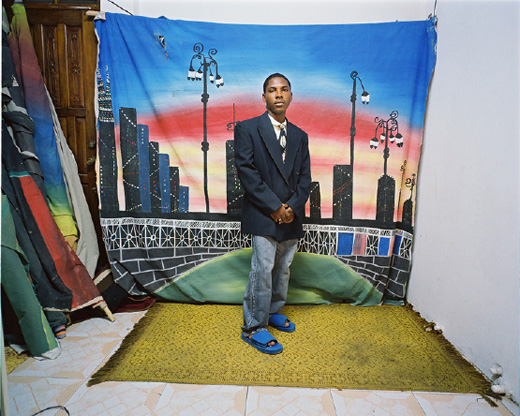
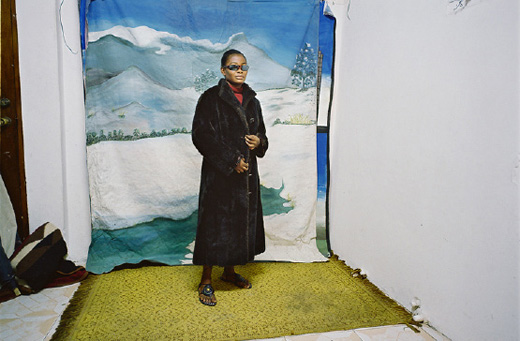
Fig. 15–16: Photo studio Jacmel Haiti
This series of photographs was taken in Haitian photography studios. We understand the photo studio performance as the immigrant’s initiative journey; as the denial of chaotic reality and the active self-construction of his or her own imaginary and utopian ideals. The act of creating a portrait ultimately becomes, simultaneously, an act of memory, when the immigrants leave the resulting images to others to remember him or her and his/ her future, through this desire of a journey to the landscape painted in the background.
